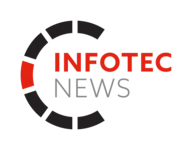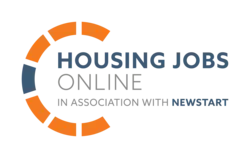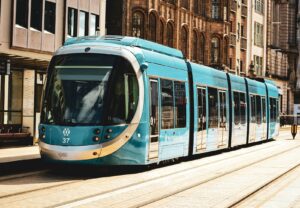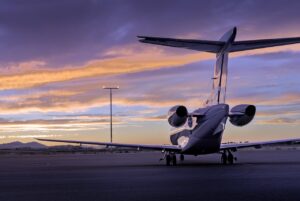Scientists are proposing a pneumatic propulsion system as an eco-friendly alternative to a diesel-powered ferry in Finland. Aside from its environmental benefits, the system has lower operational costs and a relatively short payback period.
The researchers based their findings on a combination of experiments and calculations, used to predict how the air behaves when it is compressed into the storage tank, what happens to it as it’s released and flows toward the motor, and how efficiently the air can power the motor to move the ferry.

Their suggested method involves driving compressed air into a vaned air motor that drives the propeller.
Currently, the diesel system provides 250 kW to each side of the ferry. To match this, the pneumatic design uses four 60 kW air motors per side, powered through a 50m³ pressurised tank. The tank can be recharged by a compressor in a little over six hours.
Abdul Hai Alami, Sharjah University’s professor of sustainable and renewable energy was the lead author on the research: ‘Replacing these engines with pneumatic ones is a cleaner and more effective option as these engines can also be incorporated into the ferry body to store air either within the structure of the boat or on auxiliary tanks, which will enhance buoyancy.
‘Using this method for maritime vessels is attractive from economic, practical and environmental vantage points and could be easily adapted to most ferry boats even in harsh conditions.’
It is estimated that switching to the pneumatic system could save about $73,051 and 120 tons of CO₂ emissions annually.
Prof. Alami added: ‘The research and development in vaned air motors will allow using more advanced materials resulting in stronger pneumatic engines. The research has concluded that the payback period of retrofitting the ferry with air motors instead of diesel engines to be around eight years. This is a very conservative claim as the best case scenario was not applied all the time when making assumptions.’
Co-author Kaj Jansson, a Finnish ferry maker said: ‘Pneumatic propulsion is the future of sailing on fixed maritime routes. The predictability of pace, payload and destination of ferry boats allow replacing conventional diesel engines that are efficient and reliable but are polluting, noisy and sensitive to fluctuating oil prices with pneumatic ones.’
Image: Energy Conversion and Management (2025). DOI:

















Leave a Reply